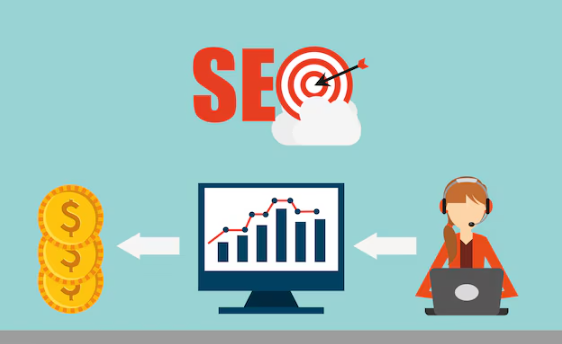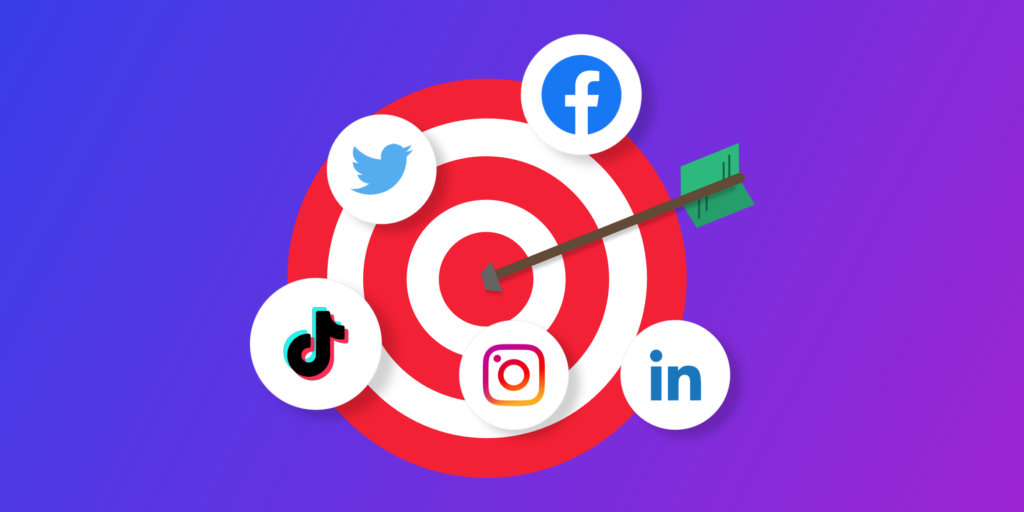In the world of digital marketing, understanding the differences between SEO (Search Engine Optimization) and SEM (Search Engine Marketing) is essential for businesses looking to thrive online. While these two strategies might seem distinct, they often complement each other to form a comprehensive approach that can yield long-term success.
In this blog, we’ll explore the key differences between SEO and SEM, how they work individually, and how combining them can boost your website’s visibility and attract the right audience. Whether you’re running an IT and digital marketing agency or a small business, using both SEO and SEM together is key to enhancing your digital presence.
What is SEO?
SEO (Search Engine Optimization) is the process of optimizing your website and content to rank higher in organic search engine results. SEO focuses on making your site more visible to search engines like Google, helping it to appear for relevant keywords and search queries.
There are three primary components of SEO:
- On-Page SEO: This involves optimizing elements on your website, such as content, HTML tags, and images, to make it more accessible to search engines.
- Off-Page SEO: This includes activities that take place outside of your website, such as link building and social media marketing, to boost your website’s authority.
- Technical SEO: This refers to the behind-the-scenes actions, like improving site speed, mobile-friendliness, and website architecture, to ensure that search engines can crawl and index your site properly.
SEO is a long-term strategy that takes time to show results but provides ongoing benefits by driving free, organic traffic to your website.
What is SEM?
SEM (Search Engine Marketing) is a broader strategy that involves paying for advertisements to appear on search engine result pages (SERPs). This approach allows businesses to bid for keywords and show their ads to users searching for those terms.
The most popular form of SEM is PPC (Pay-Per-Click) advertising, where advertisers only pay when someone clicks on their ad. These ads are typically displayed above the organic results, making them highly visible.
SEM includes:
- Paid Search Ads: These are text-based ads that appear on search engine results pages when a user searches for relevant keywords.
- Display Ads: These are visual banner ads that appear across Google’s Display Network, which consists of millions of websites, apps, and videos.
- Shopping Ads: Specifically designed for e-commerce, these ads show products with images, prices, and store names.
SEM provides immediate results by driving traffic to your website quickly, but it requires ongoing investment to maintain.
Key Differences Between SEO and SEM
While both SEO and SEM aim to increase visibility in search engines, there are distinct differences between the two:
- Cost: SEO is typically free in terms of clicks, whereas SEM involves paying for each click or impression.
- Timeline: SEO is a long-term strategy that can take months to show results. SEM provides immediate visibility but stops when you stop paying.
- Sustainability: SEO continues to drive traffic as long as your site remains optimized, while SEM traffic drops off as soon as your campaign ends.
- Click Rates: SEO tends to have a higher click-through rate (CTR) since users often trust organic results more than ads. However, SEM ads can appear at the top of the page, often giving them more initial visibility.
How SEO and SEM Work Together
Although SEO and SEM serve different purposes, they can be highly effective when used together. Here’s how:
- Increased Visibility: By combining SEO and SEM, your website can dominate both organic and paid search results, ensuring that your brand is visible across multiple channels. This can give you a competitive edge in crowded markets.
- Keyword Synergy: SEM campaigns allow you to test which keywords convert best, and you can use that data to enhance your SEO strategy. If certain keywords perform well in paid search, you can optimize your content around those terms to rank higher organically.
- Data-Driven Optimization: Both SEO and SEM provide valuable data on your audience’s search behavior. SEM can provide insights into which ad copy and landing pages convert best, while SEO analytics can show which keywords bring in organic traffic. Combining these insights allows you to fine-tune both strategies for maximum impact.
- Immediate and Long-Term Results: While SEO takes time to build, SEM provides instant visibility. Using SEM, you can start driving traffic immediately while your SEO efforts slowly build organic traction. This combination ensures that you’re capturing both short-term and long-term opportunities.
- Cost Efficiency: By optimizing your SEO strategy, you can reduce your reliance on SEM over time. As your site begins to rank higher in organic search results, you can decrease your paid search spend while still maintaining high visibility.
The Role of Content in SEO and SEM
High-quality, relevant content is the backbone of both SEO and SEM. For SEO, content optimized for target keywords helps your website rank better, while for SEM, compelling ad copy and landing pages are crucial for conversions.
When developing content, keep both SEO and SEM in mind by:
- Targeting Relevant Keywords: Ensure your content addresses the needs of users searching for specific terms.
- Creating Landing Pages: For SEM, design dedicated landing pages that match your ad copy to improve conversion rates.
- Optimizing Meta Tags: For SEO, use meta titles and descriptions that entice users to click on your organic listing.
Conclusion
When done together, SEO and SEM form a powerful combination that can help businesses maximize their search engine visibility and drive targeted traffic to their website. While SEO provides sustainable, long-term results, SEM ensures immediate visibility and helps fine-tune your overall strategy. By integrating both approaches, businesses can create a holistic digital marketing plan that brings in consistent traffic and improves conversions.
Whether you’re running an IT and digital marketing agency or a small business, leveraging both SEO and SEM ensures that your online presence is strong and competitive in the ever-evolving digital landscape.



